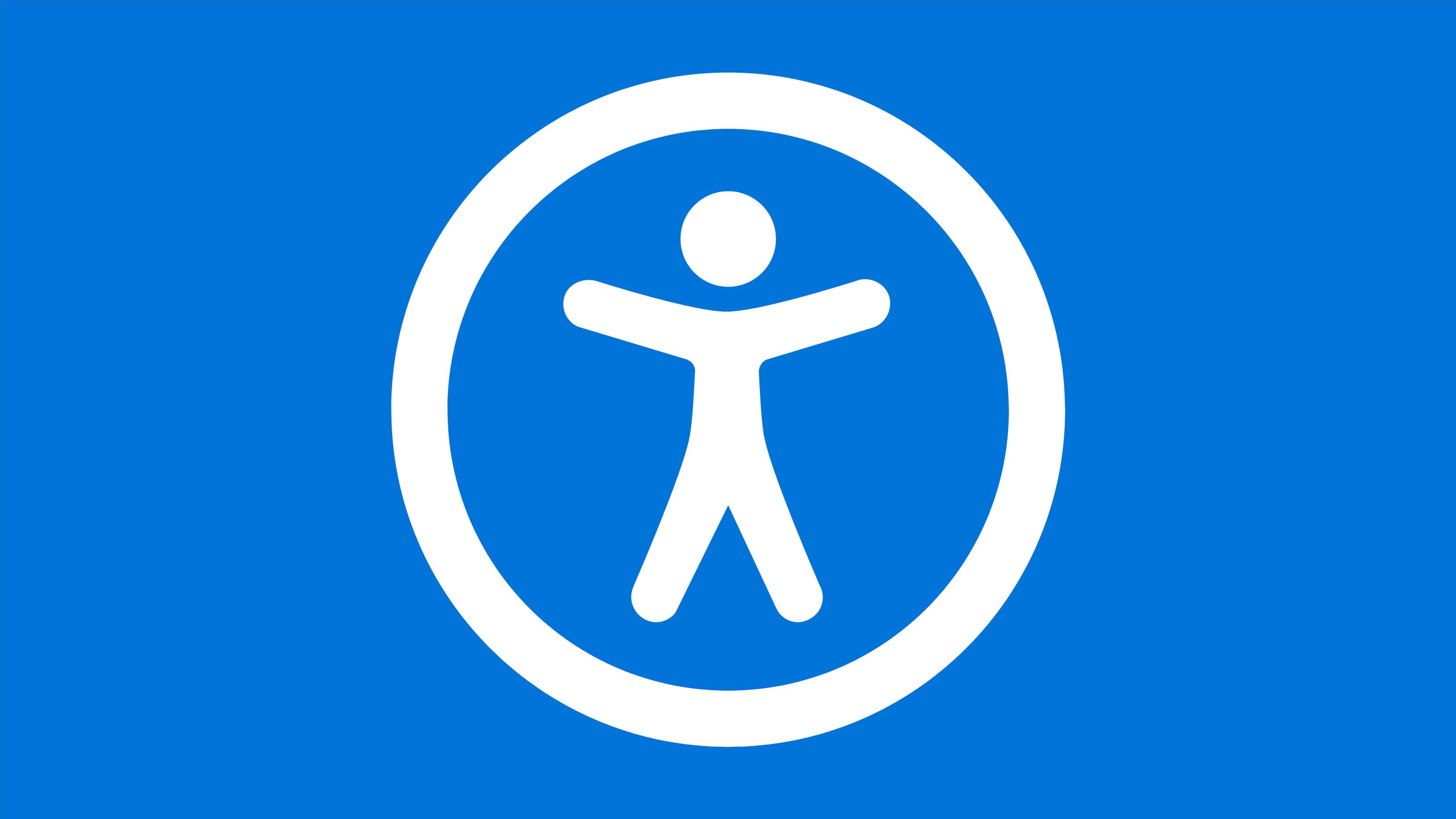What is CPACC and What Am I Doing?
I am planning to take the CPACC exam, and I am going to blog my way through the body of knowledge as I study.

About a year ago, I started a concerted effort to learn more about accessibility, both as a topic in and of itself and as a profession. In “Accessibility Adventures: August 2020,” I shared about how I got interested in accessibility and why I want a career in it. Since then, I’ve continued to read about accessibility, I’ve made some accessibility updates to my blog, and I’ve begun to incorporate accessibility into my work as a training specialist. I’ve also researched careers in accessibility and thought carefully about what to do next.
Now, I’ve decided to take a swing at my first big milestone: I’m working to earn a professional certification in accessibility.
The International Association for Accessibility Professionals (IAAP) is the professional association for people who work in accessibility. And as of this week, I’m a member! IAAP offers a number of professional certifications. I am planning to test for the Certified Professional in Accessibility Core Competencies (CPACC) credential in July. CPACC is a broad, foundational certification, appropriate for anyone who supports or manages accessibility. The CPACC exam covers three broad topics:
- Disabilities, Challenges, and Assistive Technologies
- Accessibility and Universal Design
- Standards, Laws, and Management Strategies
The CPACC certification is appropriate for content creators, designers, developers, anyone who works in disability services, or anyone who manages any of those people. IAAP does offer a technical certification for people who implement accessibility online: Web Accessibility Specialist (WAS). I want to earn the WAS credential eventually, but CPACC is a better starting point.
It seems to me that more and more professions require grad school these days, but I’ve learned that this isn’t true for accessibility. (How fortunate!) People come to accessibility from many different paths, and not only is grad school not required, for the most part, it’s not even an option. I was tempted by the University of Illinois’s Information Accessibility Design and Policy certificate program, but I decided against it. From what I can tell, the CPACC certification is just as useful (potentially more so), and it’s cheaper and quicker to acquire. Additionally, I looked over IAAP’s ten sample CPACC questions, and I was able to answer them all correctly, so I think I’m already reasonably well prepared for the exam.
Inspired by Amy Carney’s 100 Days of A11y blog, I have decided to blog my way through the CPACC body of knowledge as I study for the exam. I plan to write and publish new blog posts once or twice a week as I prepare. These posts will be my attempt to take what I’ve learned and synthesize it into my own words. I also plan to include guiding questions in these posts, to help me review with active recall study strategies.
I’m writing these posts for myself, as a mechanism to help me study and learn. But I also hope this series of posts can be useful to others studying for their CPACC exams.
In addition to reading through the CPACC body of knowledge and writing these posts, I’m also planning to work my way through Deque University’s CPACC Preparation course and the Open EdX CPACC Exam Preparation course. I’m probably somewhat over-preparing for this, but it’s important, it’s fun, and it’s foundational.
Wish me luck!